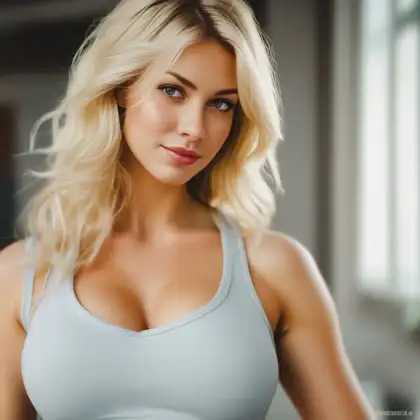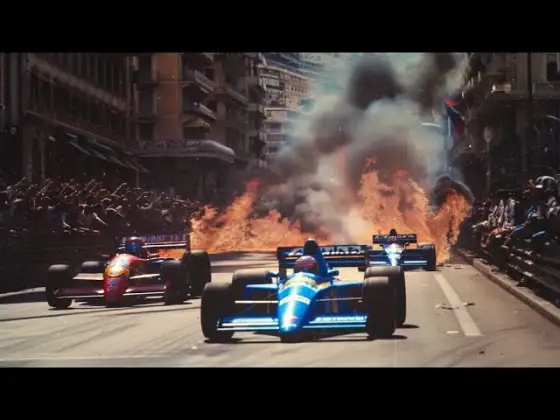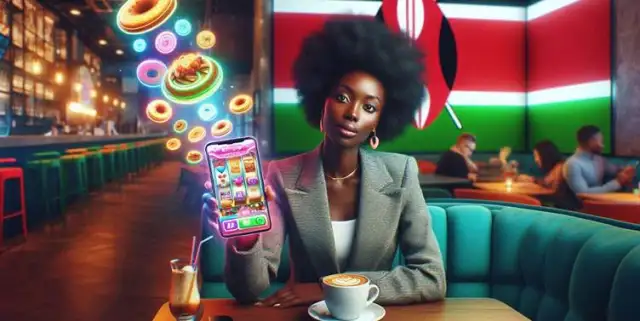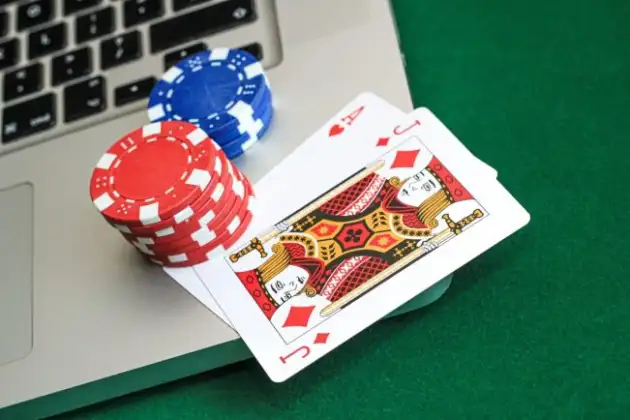Digital Artistry: The Creation of Nude AI Girls

In the ever-evolving landscape of digital art, the integration of artificial intelligence (AI) has opened up new avenues for creativity and expression. One of the most intriguing developments in this field is the emergence of AI-generated art, particularly in the creation of ai girls nude. This niche, though controversial, highlights the intersection of technology and art in a way that challenges traditional perceptions of artistic creation. By delving into the digital tools, techniques, and artistic visions that drive these creations, we can better understand the role of AI in modern artistic practices.
The Digital Tools Behind AI Art Creation
The creation of AI-generated art, including nude AI girls, relies heavily on sophisticated digital tools and platforms. These tools encompass a range of technologies, from deep learning algorithms to advanced image processing software. At the core of this process are neural networks, particularly Generative Adversarial Networks (GANs), which have revolutionized the way digital art is produced.
GANs function by training two neural networks against each other: one generates images, while the other evaluates them. This back-and-forth process leads to the creation of increasingly realistic and refined images. In the context of AI-generated nude art, these networks are trained on vast datasets of human forms and artistic styles, allowing them to generate highly detailed and lifelike representations.
Another critical tool in AI art creation is the use of image synthesis software. These programs allow artists to manipulate and refine the outputs of neural networks, adding layers of detail and nuance that reflect their artistic vision. The combination of GANs and image synthesis tools enables artists to create works that are both technically impressive and deeply expressive, blurring the lines between machine-generated and human-created art.
Exploring the Techniques Used in AI-Generated Art
AI-generated art, especially in the realm of nude AI girls, employs a variety of techniques that are both innovative and complex. One of the most significant techniques is the use of style transfer, where the AI model learns and applies the stylistic elements of one image to another. This technique allows for the blending of different artistic styles, resulting in unique and often surreal compositions.
Another technique is the use of latent space exploration, where the AI navigates through a multidimensional space of potential images, selecting and refining those that best match the desired outcome. This exploration is guided by the artist’s input, allowing for a collaborative process between the human creator and the AI.
Moreover, AI-generated art often involves the use of high-resolution image synthesis, where the AI creates images with an incredibly high level of detail. This technique is particularly important in the creation of realistic nude forms, as it ensures that the images are not only aesthetically pleasing but also anatomically accurate.
These techniques, combined with the artist’s direction, result in works that push the boundaries of what is possible in digital art. The AI serves as both a tool and a collaborator, enabling the artist to explore new creative possibilities and produce works that are truly one-of-a-kind.
The Role of Technology in Modern Artistic Practices
The integration of AI into the artistic process represents a significant shift in modern artistic practices. Technology has always played a role in art, from the invention of the camera to the development of digital painting tools. However, the advent of AI has taken this integration to a new level, allowing for the creation of art that is not only influenced by technology but also co-created by it.
In the context of AI-generated nude art, technology serves as both a medium and a muse. The AI’s ability to generate images based on learned data allows artists to experiment with form, style, and composition in ways that were previously unimaginable. This collaboration between artist and machine challenges traditional notions of authorship and creativity, raising important questions about the role of the artist in the digital age.
Furthermore, the use of AI in art reflects broader trends in the digitalization of culture. As more artists embrace digital tools and platforms, the boundaries between physical and digital art continue to blur. AI-generated art, with its ability to replicate and even surpass traditional artistic techniques, exemplifies this trend and suggests a future where technology and art are increasingly intertwined.
The Artistic Vision Driving AI Creations
While technology plays a crucial role in the creation of AI-generated art, it is the artistic vision that ultimately drives these creations. The artists behind nude AI girls, for example, are not simply relying on algorithms to generate images; they are using AI as a tool to express their unique creative perspectives.
This artistic vision is often rooted in a desire to explore the intersection of the human form and digital technology. By using AI to create nude forms, artists are able to experiment with new ways of representing the body, challenging traditional ideals of beauty and exploring themes of identity, sexuality, and the human experience in the digital age.
In many cases, the creation of AI-generated nude art is also driven by a desire to push the boundaries of what is possible in art. The artists behind these works are not content to simply replicate existing styles or techniques; they are using AI to create something entirely new, something that reflects their vision of the future of art.
Ultimately, the artistic vision driving AI creations is as diverse and varied as the artists themselves. Whether they are exploring themes of beauty, identity, or the relationship between technology and humanity, these artists are using AI to push the boundaries of art and create works that are truly unique.
The creation of nude AI girls represents a fascinating intersection of technology and art. Through the use of advanced digital tools and techniques, artists are able to create works that challenge traditional notions of creativity and authorship. At the same time, the artistic vision driving these creations ensures that AI-generated art is not just a product of technology, but a reflection of the artist's unique perspective and creative vision.
As technology continues to evolve, the role of AI in art is likely to grow, offering new possibilities for artistic expression and creation. Whether we view AI as a tool, a collaborator, or even a co-creator, its impact on the world of art is undeniable, marking a new chapter in the ever-evolving story of human creativity.











